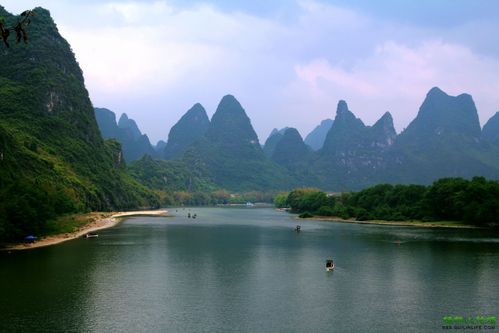As the growth of artificial intelligence (AI) continues, so does its impact on the artistic industry. AI-generated art has fast become a popular topic among many artists, art enthusiasts and even critics. However, we cannot ignore the fact that it has also caused apprehension and confusion.
In recent years, various AI-generated art pieces have been put up for auction with some selling for millions of dollars. But what does this mean for human creativity? Is there a possibility that we could lose the basic essence of human art as AI-generated art continues to become more advanced?
To answer these questions, it is important to understand the relationship between AI and human creativity. Firstly, it is important to note that AI-generated art is not created in a vacuum, it is still dependent on human input. Artists must provide the initial data that AI needs to learn from, and they must create a set of rules and boundaries for the AI to adhere to. In this sense, we can consider AI as a tool that artists can use to create and explore new possibilities.
One of the benefits of AI-generated art is that it allows us to see things from a new perspective. With the power of machine learning, AI can analyze and interpret vast amounts of data, allowing us to generate new ideas and perspectives that would be difficult or impossible for humans alone.
On the other hand, human creativity cannot be replaced by AI. Human art is created from an emotive place, with the artists imbuing their artworks with their own experiences, feelings, and perspectives. Although AI can come up with unique and interesting patterns, it cannot capture the intricacies of human emotion, and these nuances are what make human art so special.
The relationship between human creativity and AI-generated art lays in the adoption of AI as a tool to augment human art. AI can simplify the creative process and reduce the time needed for experimentation, allowing artists to spend more time refining their works and bringing their visions to life.
In conclusion, AI-generated art may not be everyone’s cup of tea, but it can help foster new possibilities and support the growth of human art. The key is to see AI as a tool to augment, rather than replace, human creativity. When these two forces work together, the possibilities are endless.
(Note: Do you have knowledge or insights to share? Unlock new opportunities and expand your reach by joining our authors team. Click Registration to join us and share your expertise with our readers.)
Speech tips:
Please note that any statements involving politics will not be approved.
